
John Marlor Arts Center
This facility is one of three historic buildings which make up the Allied Arts Center. This area was once known as "The Strip" which was the heart of the African-American district until the 1980's. It now houses arts offices and the Marlor Art Gallery.
Credit: Visit Milledgeville
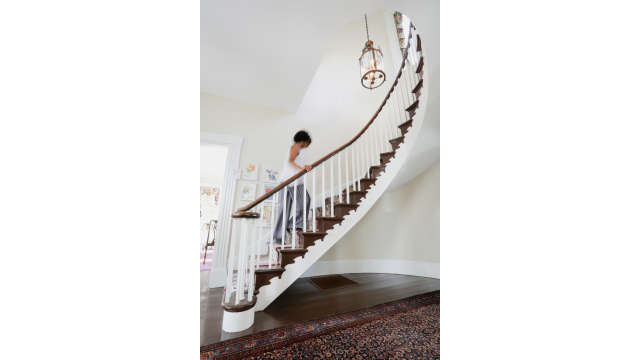
John Marlor Arts Center
This facility is one of three historic buildings which make up the Allied Arts Center. This area was once known as "The Strip" which was the heart of the African-American district until the 1980's. It now houses arts offices and the Marlor Art Gallery.
Credit: Visit Milledgeville

Allen's Market
Located at the corner of East McIntosh and Wayne Streets. Built in 1911, this historic building was Milledgeville’s local grocery store until the 1980’s. Now Allen’s Market is a part of the John Marlor Arts Center, and is open for use as a theatre, studio and meeting space. In 2016, the original grocery store sign was restored to be adorned on the front of this building for all to see.
Credit: Visit Milledgeville

Art Galleries
Boasting of several art galleries, Milledgeville offers the perfect opportunity to view unique & awe-inspiring pieces by local, regional and internationally renowned artists.

Georgia College's Natural History Museum
Credit: Visit Milledgeville

Andalusia Farm
Andalusia served as the home of famed American author Flannery O’Connor from 1951-1964. First settled in 1814, Andalusia was a cotton plantation and farm until it was purchased by Flannery’s uncle Dr. Bernard Cline in 1931. During the O’Connor’s residency, the site contained 14 buildings with over 520 acres of land that was used for dairy and beef farming. Following a diagnosis of Lupus in 1951, O’Connor moved to Andalusia to live under the care of her mother Regina Cline O’Connor. During the 13 years she lived at Andalusia, she completed the bulk of her literary work, as the farm’s environment influenced the setting of many of her writings. Following her death in 1964, the farm remained in the family until 2003 when it was given to a private foundation for use as a museum. In August 2017, the site was gifted to O’Connor’s alma mater, Georgia College. Today, Andalusia serves as a museum whose mission is to care for, collect, interpret, and exhibit items that illustrate the history of the site during the time which Flannery O’Connor lived on the property (1951-1964).
Andalusia is open for public tours and was listed on the National Register of Historic Places in 1980. Hours of operation are Tuesday-Saturday from 10-4 and Sunday from 2-4, with all tours on the hour and the last tour beginning at 4PM. The property will close each day to public visitors at 5PM and they are closed on Mondays. View Andalusia as a 360 degree panovision video!
Credit: Milledgeville-Baldwin CVB

Andalusia Farm Flannery's Bedroom
Credit: Visit Milledgeville

Similar typewriter to the one Flannery O'Connor used at Andalusia
Andalusia is the picturesque farm where the highly acclaimed American author Flannery O’Connor lived from 1951 until her death in 1964. While living at Andalusia, Flannery O’Connor completed Wise Blood, which was published in 1952. Then her highly acclaimed collection of short stories A Good Man Is Hard To Find was published in 1955. She also wrote another novel, The Violent Bear It Away, published in 1960.
Credit: Flannery O'Connor's typewriter at Andalusia
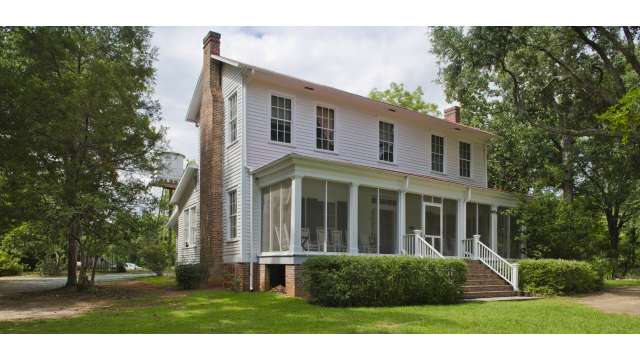
Andalusia Farm
Andalusia is the picturesque farm where the highly acclaimed American author Flannery O’Connor lived from 1951 until her death in 1964. This 544-acre estate is where O’Connor found the source of many of the settings, situations, and fictional characters that are the signature of her stories
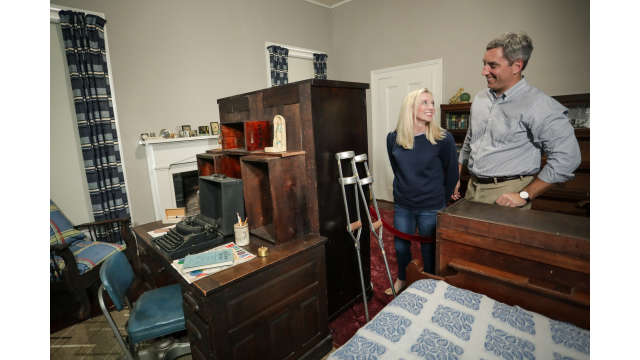
Andalusia Farm, Flannery O'Connor's bedroom
Credit: Visit Milledgeville




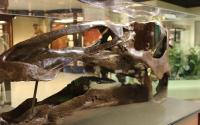

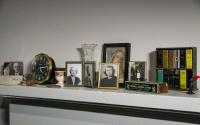



 Things To Do
Things To Do
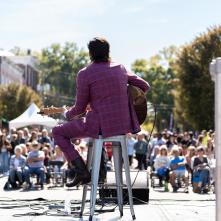 Events
Events
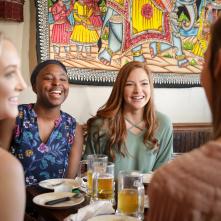 Food & Drink
Food & Drink
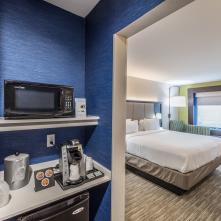 Hotels & Lodging
Hotels & Lodging
 Plan Your Trip
Plan Your Trip

